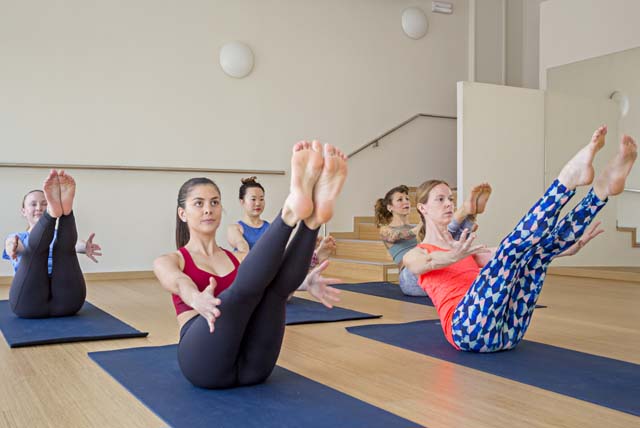The Core

Whereas the foundation of the posture gives us the possibility of establishing stability, the core of the body gives us the possibility of establishing comfort. The core of the body is the central axis that runs from the perineum to the brain encompassing the spine and including the throat, tongue, palate, eyes and ears. In practice the anus can be included here, as its location and condition usually reflect that of the perineum. Our core is our physical centre and can also be experienced as an inner aperture on the universe. While we take in chemical nourishment through our lungs, biological nourishment through our digestive tract, vital nourishment through our meridians and nadis, we receive spiritual nourishment through our core.
Through our core we access our connectedness to the whole universe of which we are but a momentary expression. If it becomes hard and blocked we lose touch with this connection. We feel cut off, isolated, vulnerable and insecure. When we feel safe, we are soft in our core. When we act from a feeling of safety, our core remains soft. When we act with the aggression of insecurity, our core hardens. Then we deepen our sense of isolation and insecurity.
The key indicators of the quality of the core are the anus, tongue root and eyes. These are to be kept passive, receptive, soft and relaxed. Any tension in these places indicates insecurity or aggression. When the outer body is unstable the core will hold on. The quality of the core is thereby directly related to the quality of the foundation. They are not the same thing however. The foundation can be well established while the core remains tense.
Our core carries habitual tension, just like the rest of the body. The tension in our core, however, is very deep, insidious and subtle. Our core is the root of our embodiment. Any fear or doubt that we have is reflected here. We all have plenty of both. Tension in the core also comes from over-stimulus of the sympathetic nerves (fight or flight). It also comes from over-stimulus of the mind, especially with regard to unfulfilled or thwarted intention. To release this tension requires two things. One, that we establish security and stability in the outer body. The other is that we direct our attention continuously to the core to monitor its condition. Once we know that it should and can be passive, receptive and open, becoming aware that it is not triggers release. How deep that release is depends on the work that we have done in freeing the body from tension and establishing stability. How sustained that release depends on how deep our awareness and how skilful we become in acting from soft and passive core. Nevertheless these small muscles give up their tension easily compared to the larger muscles of the outer body. They succumb to repetitive attention rather than repetitive action.
To begin with we find that our attention is continually deflected from the core, just as it is from the foundation. This is because we are trained to use our minds exclusively in a linear manner. Spiritual practice is about learning to open our attention so that we can establish an all inclusive awareness. Rather than paying attention first to this, then to that and finally to the other. We learn to attend to them all at once. We become able to experience them all as interconnected aspects of a single whole. This is pure awareness rather than awareness of splintered fragments. When we are in linear mode we overlook this connectedness and see things while experiencing ourselves as separte from them. Learning to make this shift takes time, and we must be patient. However it must be done. In pure awareness there is no seer, seen, seeing…..no separation.
Maintaining a solid even foundation is the primary physical challenge of a yoga posture. Maintaining awareness of the quality of the core is the primary mental challenge. Just as we are not always able to establish evenness in the foundation due to entrenched tension, so we are often unable to establish softness in the core. Both come with practice. We must be open (asteya) and generous (aparigraha) to ourselves in our practice. We must be able to recognize and respect our limitations, while at the same time challenging them. We challenge them because they are impositions. They are the accumulated result of circumstance, and not an accurate reflection of our possibilities, nor our deeper nature. We must not however pretend they are not there, by acting as if we can do what we cannot. This is a form of violence, as well as being dishonest and grasping. At the same time it wastes energy, as it is unable to bring us to deeper harmony and results only in the need for further aggressive compensation. Nor does it help to resent their presence. This will simply frustrate us and make us less sensitive, honest, open and generous to ourselves.
When the core is able to remain soft then true comfort becomes possible. The word comfort as it applies to yoga postures has a dynamic rather than a passive quality. It implies a physical rapture that also involves the mind in joyful appreciation. This is a very tangible quality that internally differentiates a yoga posture from the activity of gymnastics acrobatics or dance. This quality is also perceptible to the observer as an effortless but dynamic ease, within which apparently impossible actions seem to occur with neither strain nor effort.
